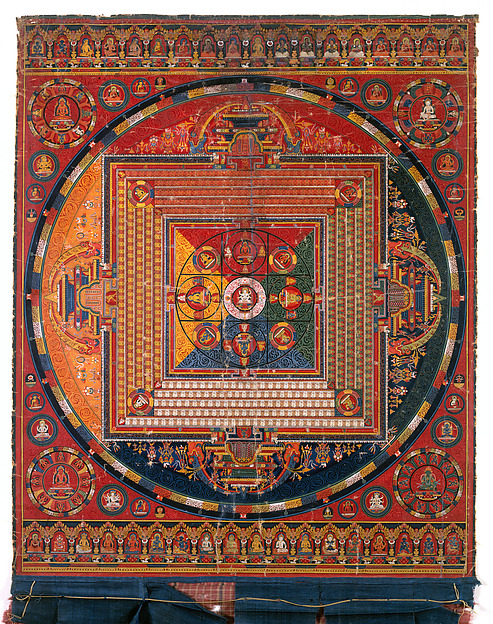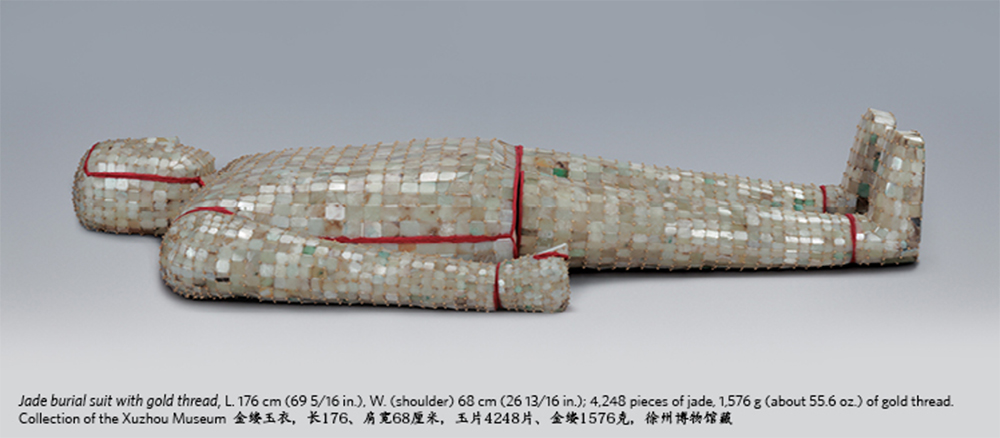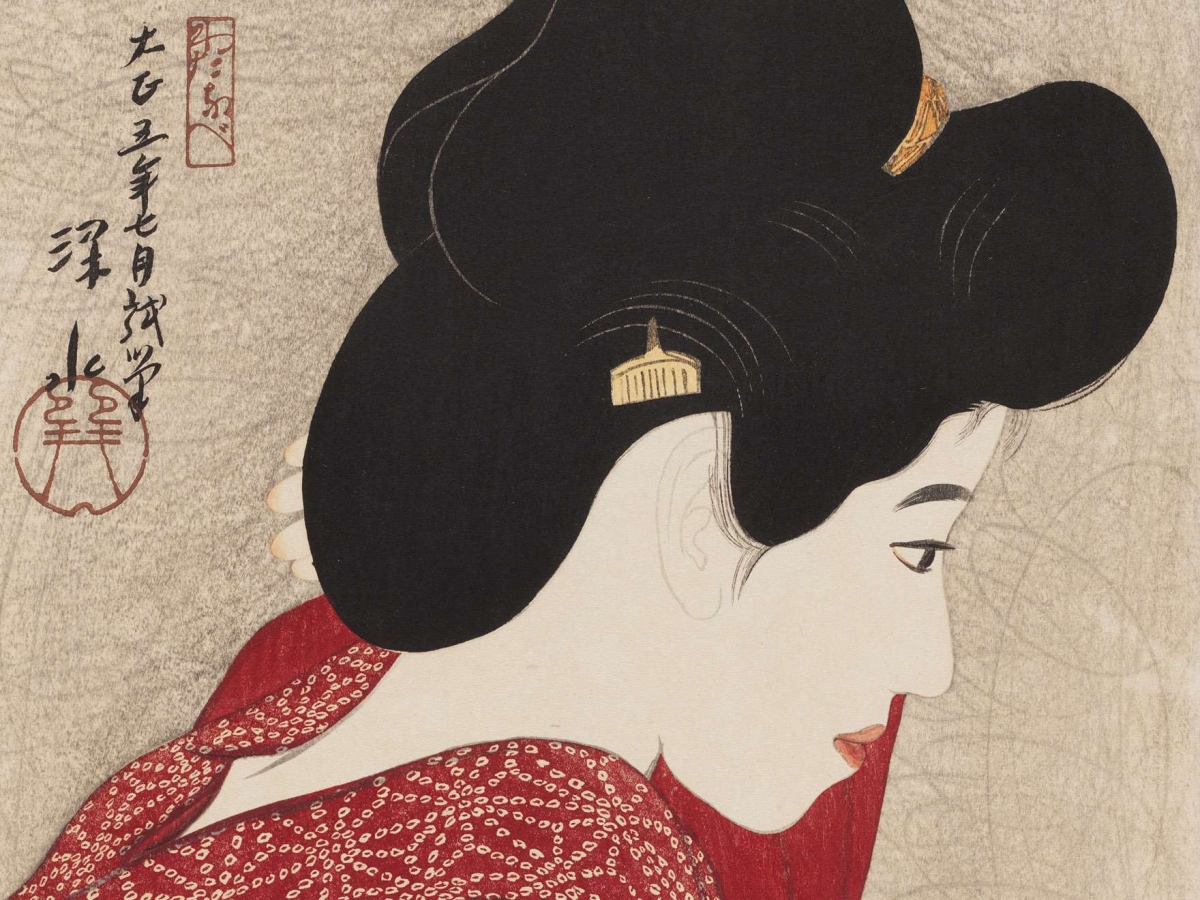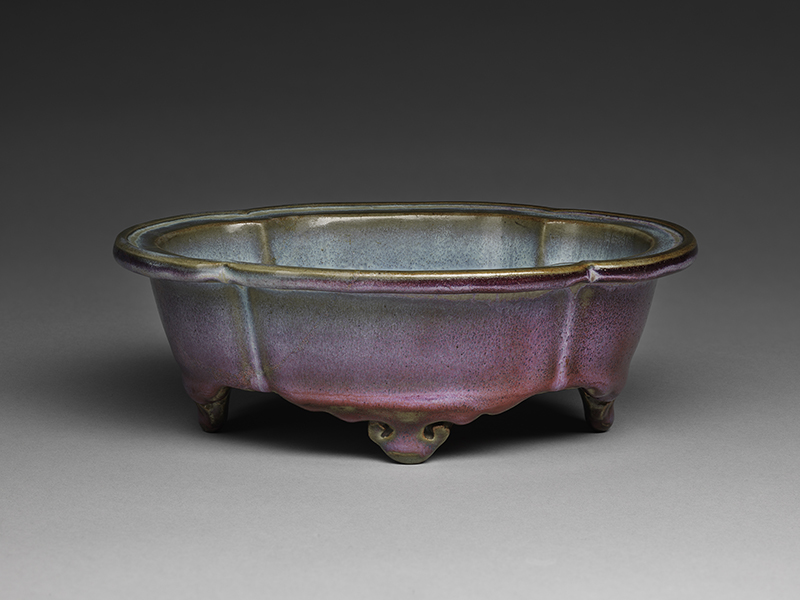
Vajradhatu (Diamond Realm) Mandala. 14th century, Central Tibet, distemper and gold on cloth. On view at the Met's Cosmic Buddhas in the Himalayas exhibition.
We asked our participants to share the museum exhibitions they are most looking forward to this summer—here are their recommendations. For Part 2 of this series, we're focusing on the New York and Boston areas. If you find yourself in the Northeast this August, don't miss the following exhibitions:

The Buddha Vairochana Presiding over the Cosmic Axis, Panel from a Buddhist Ritual Crown. Early 14th century, Central Tibet, distemper on wood.
1. Cosmic Buddhas in the Himalayas at The Metropolitan Museum of Art
“Being reborn in one of the heavens inhabited by a living Buddha offered a clear path to enlightenment for Himalayan Buddhist communities. Vairochana, the emanation of the historic Buddha Shakyamuni, sat at the center of the cosmos, while each of the Pure Lands in the four cardinal directions was presided over by a celestial Buddha. The vast and complex Mahayana and tantric pantheon of Buddhist gods and goddesses are emanations of these living Buddhas, while individual deities associated with them personify ideas such as compassion, abundance, learning, or protection. This exhibition draws together works of the highest caliber and places Vairochana at the center of the gallery, and the directional cosmic Buddhas on the four walls along with some of their most significant manifestations, presenting this complex Buddhist pantheon of deities in a startlingly simple way,” reads the exhibition description. Learn more and view additional exhibition objects on the Met's website. On view through December 10, 2017.

Tide by Fujitsuka Shōsei (Japanese, born 1949). 1978. Timber bamboo and rattan.
2. Japanese Bamboo Art: The Abbey Collection at The Metropolitan Museum of Art
“Featuring works of Japanese bamboo art dating from the late 19th century to the present—the period when basketry in Japan became recognized as an art form that transcends “craft”—this loan exhibition showcases more than 80 bamboo baskets and sculptures created by accomplished artists, including all six masters who have received the designation “Living National Treasure.” Highlighting key stages in the modern history of Japanese bamboo art, the exhibition is drawn from the Abbey Collection, one of the finest private collections of Japanese baskets and bamboo sculpture; most of the works have never before been presented in public,” reads the exhibition description. Learn more and view additional exhibition objects on the Met's website. On view through February 4, 2018.

3. Dreams of the Kings: A Jade Suit for Eternity, Treasures of the Han Dynasty from Xuzhou at China Institute
From China Institute's website: “In 201 BCE, the first emperor of the Han Dynasty knighted his younger brother as the first king of the Chu Kingdom, which was centered in Peng Cheng, today’s Xuzhou, in northern Jiangsu Province. Ruling under the emperor’s protection, and given special exemption from imperial taxes, elites in this Kingdom enjoyed a lavish lifestyle. Twelve generations of kings lived, died, and were buried in sumptuous tombs carved into the nearby rocky hills. Since the mid 20th Century, nearly hundred tombs were excavated, revealing contents that testify to the Chu kings’ affluence, as well as their beliefs in immortality and the afterlife. One of the most stunning finds was an elaborate jade sarcophagi burial suit, assembled from thousands of pieces of jade, the precious stone adored by Chinese people since the Neolithic period as an auspicious material that could ensure immortality. This exhibition will feature the jade suit, and other tomb contents that highlight how these powerful and wealthy kings prepared for death and envisioned their afterlife to come.” On view through November 12, 2017.

4. New Women for a New Age: Japanese Beauties, 1890s–1930s at the Museum of Fine Arts Boston
“Examine the changing image of Japanese women though prints, book illustrations, and photographs made in Japan from the 1890s to the 1930s. During this crucial period of rapid modernization, traditional ideas of ideal beauty and behavior intermingled with imported styles and concepts. Arranged in roughly chronological order, the exhibition begins with ukiyo-e woodblock prints of the late Meiji era (1868–1912) and postcards that include both photographs and artists’ depictions. A recent gift of kuchi-e prints—color woodblock frontispieces for books of the early 1900s, usually romantic fiction—makes up the exhibition’s core. Shin hanga prints from the 1910s and ‘30s depict beautiful women in both traditional and modern styles. These works can be interpreted in several ways: as glamorized reflections of the lives of Japanese women during a time of rapid social change; as idealized expressions of heterosexual male desire; and as metaphorical images of Japan itself, with the young women standing in for their entire country and its search for national identity,” reads the exhibition description. Learn more on the MFA Boston's website. On view through August 20, 2017.

Lobed Quatrefoil Basin with Four Cloud Scroll Feet, Chinese, Ming dynasty, probably 15th century. Numbered Jun ware: light gray stoneware with variegated magenta and blue glaze; with Chinese numeral 1 (yi) inscribed on base before firing; “Palace of Double Glory” (Chonghua gong) inscription incised on base at a later date. Harvard Art Museums/Arthur M. Sackler Museum, Gift of Ernest B. and Helen Pratt Dane, 1942.185.56.2. Photo: Harvard Art Museums; © President and Fellows of Harvard College.
5. Adorning the Inner Court: Jun Ware for the Chinese Palace at Harvard Art Museums
“The Harvard Art Museums hold the largest and finest collection in the West of a rare and strikingly beautiful type of ceramic ware used in the private quarters of the Forbidden City, the Chinese imperial palace in Beijing. These numbered Jun wares—so named because each is marked on its base with a single Chinese numeral—have long been admired for their fine potting, distinctive shapes, and radiant purple and blue glazes. Opinions on these vessels’ dates of origin vary widely, and given the scarcity of numbered Jun in most museum collections, a comprehensive study of this unusual ware has never been undertaken outside the imperial collections in China and Taiwan. Drawn entirely from the museums’ permanent collections, this exhibition introduces the typology, technical characteristics, collecting history, and controversies surrounding numbered Jun ware,” reads the exhibition description. Learn more and view additional exhibition images on Harvard's website. On view through August 13, 2017.
